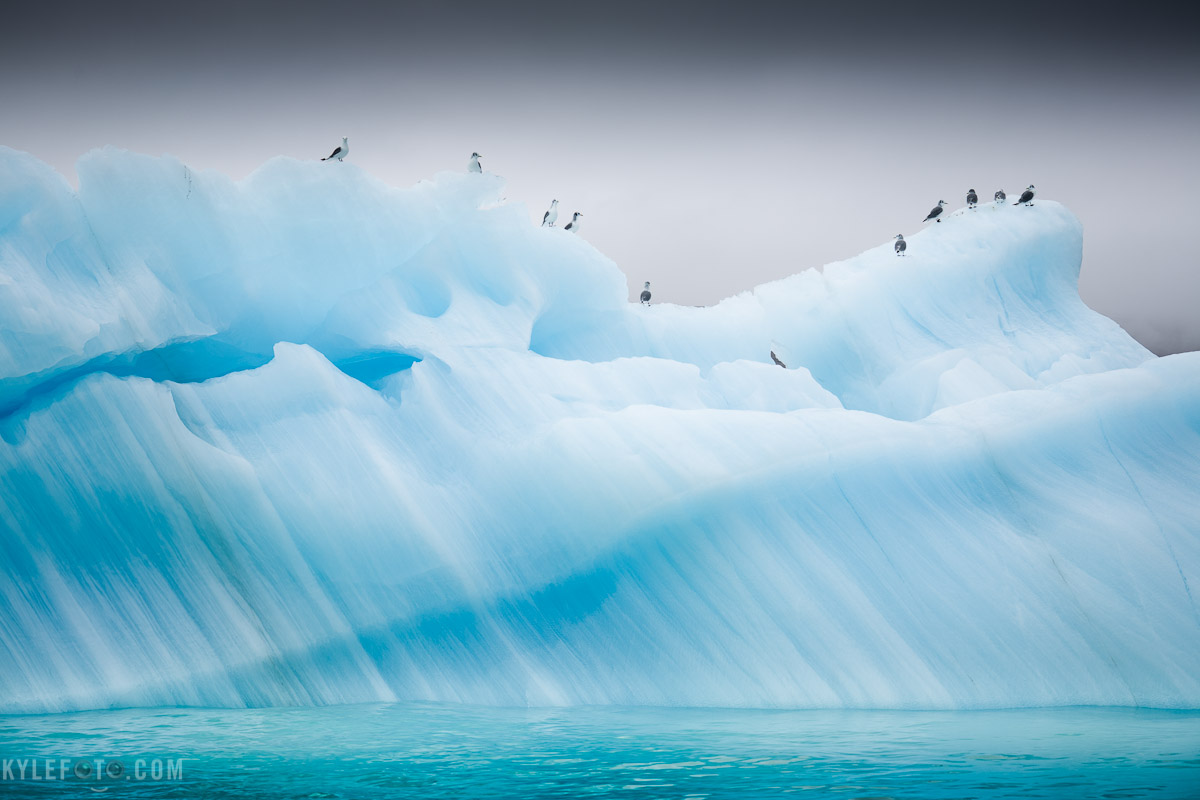The better Picture: Photographers take terrible photos too, they are not meant to be seen but are integral in getting a better picture.
You have been out on Safari all day, taking hundreds of photos. Earlier in the morning you happened to have gotten a photo of a secretary bird and now you have been presented with your umpteenth viewing of this very bird; this is an important moment. Now you could put your camera down or instead you could set up your camera in preparation for the decisive moment that might become your ultimate secretary bird photo and perhaps even your best photo of the entire safari.
You may have thought “I already have a plethora of secretary bird photos, do I really need to try again”? Perhaps you are at the point of believing that your previous secretary bird shots are fantastic but this is where you have to step back just a little and try and get past the cognitive bias that all your own photographs are inherently great. Take the Dunning Kruger effect, which theorizes our innate belief in the accuracy of our perspective. Here is how it works in terms of photography, the first time we take a photo we believe it to be perfect however if we were to give it another try and perhaps even take a moment to place it under scrutiny; this here could transform our photo from a regular vacation shot to a work of art. Therefore I would like you to always ask yourself this “how could I improve this shot?”
The thought process I described above is classic example and is exactly what happened with the secretary birds. Some people were excited by my first shot of the birds and by all means, technically speaking you could say that I executed the image correctly; I gave the bird room to look into the frame, used a wide open aperture with only the bird in focus and no background distractions were in site. Due to the wide open aperture my background was softened and there was no accidental motion blur. Yay!.... Oh Wait, then why is it so blah? The bird is just standing there, nothing else is going on in the scene, that’s why!

Many photos later I was presented with the same view of a secretary bird, strolling through the grass, looking for her prey and in a split moment she decided to take off. With my camera already trained on her, I was able to track her movement and get the right action shot.

Now we’re talking, the subject is still given room to look into the frame, but now we have action and a dramatic sense of motion, not to mention the gazelles in the background to further express that this is Africa. Now the photo functions as a more environmental portrait expressing that these animals share the same space. This is a much better photo.
I take a lot of terrible photos initially because I’m not sure if anything better will come along. I take terrible photos like these all the time, but the reason you don’t see them is because I only show my best work. I still want you to take the bad photos but I want you to realize it’s bad right when you shoot it, and expect to take a better one later when presented with the same opportunity. Hopefully the second time around, something magical happens and you are prepared to take the shot because you have a better understanding of what you’re looking for.
These photos were taken in the Masai Mara in Kenya while hosting a photographic Safari, if you like this check out the Africa gallery!







